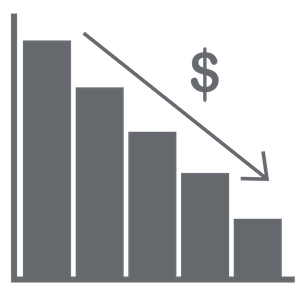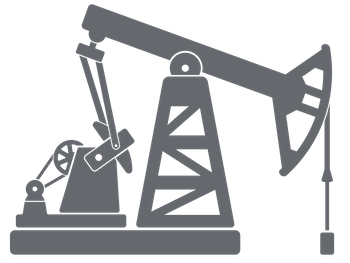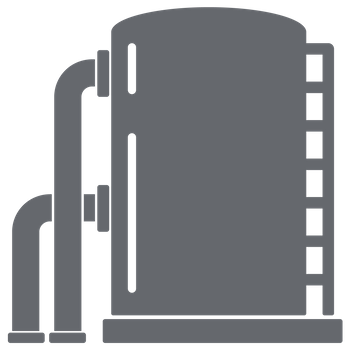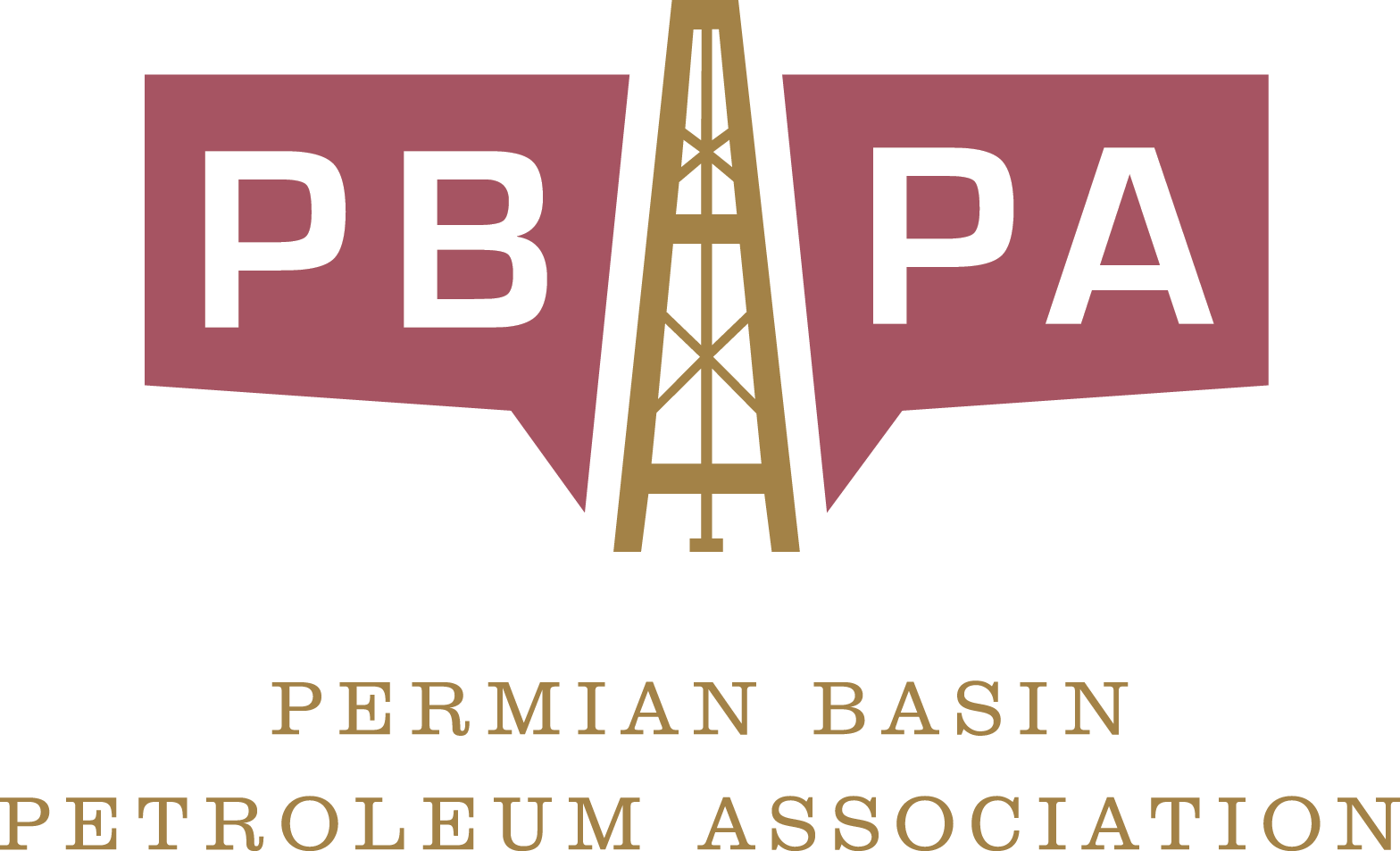IRA - Methane Tax
What You Need To Know
H.R. 5376 or the Inflation Reduction Act (IRA) became law in August of 2022. The Biden Administration's stated goal of the IRA is fighting inflation, lowering the deficit, reducing the price of prescription drugs for seniors, and reducing the country's carbon emissions. The IRA included a Methane Tax that could be detrimental to the oil and gas industry and the United States' energy independence.
The PBPA and other organizations have continued to analyze the Methane Tax issue and continue to have concerns about its impact. We have communicated these concerns to multiple members of Congress and many of them share our concerns. In fact, Senator Joe Manchin (D-WV) has drafted a letter to the Administrator of the EPA demanding clarification on a number of key points. Congress also continues to hold hearings on this matter. However, at this moment the tax is scheduled to be implemented in 2024.
All data and information provided below were compiled by EnerVest Operating, LLC to help educate other operators about the upcoming IRA implementation. For additional information about the IRA and the included Methane Tax explore the links below.
Who is Impacted?
- E&P operators with annual CO2 equivalent emissions (not methane) that exceed 25,000 tons/year after an exemption for the first 0.20% It is estimated, for those producers East of the Mississippi River, anyone with 220 conventional wells (single well per pad) will exceed the exemption threshold. For those West of the Mississippi River, where the factors prescribed are higher, the threshold is lower. For those with multi-well, unconventional pads, the threshold will be much lower regardless of where your wells physically reside.
- Any company with Gathering and Boosting (G&B) operations whose C02 equivalent emissions exceed .05% of pipeline throughput
- Royalty owners, when marginal wells are shut in due to increased taxes making the wells uneconomic
- State severance tax collections, when marginal wells are shut in due to increased taxes, making the wells uneconomic
- If the U.S. is forced to shut in wells due to increased taxes, domestic production will decrease, and we will have less energy independence.

Implications
If revisions are not made to the IRA Methane tax and it is implemented as currently written...
- EPA will have taxing, collection, audit, and enforcement authority for the first time in history.
- To the extent the methane tax makes marginal wells uneconomic to produce (expenses exceed revenues), the industry will shut in production to avoid the tax. This means less security, less energy independence, less severance taxes paid, and less ad valorem taxes paid.
Increased expenses for wells that are not marginal will mean:
- Fewer royalty payments to Lessors whose leases allow for taxes to be deducted.
- Fewer income taxes paid to state governments based on the tax-reducing net income.

Timing Issues
- EPA has put forth no rules/regulations for comment. They did pose a series of questions to which PBPA, IPAA, API, and others submitted comments earlier this year. The last day to submit comments for the second public comment period was 3/13/23.
- The methane tax goes into effect in 2024 and increases punitively every year.
- Methane Tax implementation should be delayed until the proposed NSPS OOOOb and OOOOc, and the proposed Subpart W factor reviews and revisions are finalized (~2 years). The process has been ongoing for quite some time with no end in sight.
- The studies that establish the current emission factors from EPA rely on old, outdated, and incomplete data. They should engage industry and conduct new, more relevant studies.
- There is an opportunity for exemption in states that enact the federal standards or stricter standards. However, this takes time and states will need to create processes for implementing the yet-to-be-defined regulations. This is another argument for the delay of implementation.

E&P Issues
The 0.20% exemption level is too low:
- This number may derive from the MiQ standards (an international group under the United Nations umbrella that has many large, or multi-national, or national oil companies, as well environmental groups as signatories/members). 2% or higher would be much better
- The math needs to be codified as methane tons / total production (not methane tons / methane production)
Pneumatic devices:
- Counting the minutes that devices are in use(i.e. emitting potentially); not 24 hours a day as the math now stands would be more appropriate. Each operator knows the actual periods of usage as opposed to the EPA’s factors for in-place devices.
- Supply chain issues persist as many companies rush to convert/change their devices over the next 18 months.
- Increased costs are certain as manufacturers seize the opportunity.
Empirical data should be allowed on every portion of the tax.
- Many smaller companies are forced to use the EPA’s equipment count and device emission factors.
- Without empirical data, the outdated studies result in higher taxes per Operator.
- Compressor methane slip factors, for one example, are much too high. We have empirical data from emission tests that demonstrate methane slip is much lower than the EPA factors.
Facility definition:
- The definition of a “facility” in Subpart W is too broad, an entire basin Not a field, not a pad, but a basin as defined. The definition should be revised specifically for the methane tax to be based upon a well pad, compressor site, or even a field so that the exemption opportunities make more sense.
Marginal Wells are not excluded. All well emissions count toward emission thresholds.
There is no relief for inevitable production declines. This penalizes ALL legacy well production since emissions remain relatively stable while production declines, the production exemptions of 0.20% & 0.05% (for E&P & G&B respectively) become less meaningful and make it more cost prohibitive to operate. Ironically, the rule itself is unsustainable.

G&B Issues
Little to no incentive or method to reduce emissions:
- The tax is most heavily weighted toward miles of pipeline in service. We cannot reduce those miles other than by shutting in systems OR selling pipeline segments to others who will then have to pay the tax and charge us higher gathering rates
- We conduct pipeline surveys, identify leaks, and fix those leaks. A tax, if any, should be based on leaks and emissions data, not on miles of pipeline
Protected vs. Unprotected pipelines:
- The EPA factors are much higher for non-cathodically protected pipelines.
- Much of our pipelines are above ground and cannot be cathodically protected.
- The definition of “protection” should be expanded to include coated pipe as well other types of protection beyond bare steel.
For compressors, methane slip factors are too high. We have empirical data that show actual methane slip is much lower than the EPA factors.
Facility definition:
- The definition of a “facility” in Subpart W is too broad, an entire basin. The definition should be revised specifically for the methane tax to be based upon a gathering pipeline system so that the exemption opportunities make more sense.
What Can We Do?
- Get organized across associations and the industry.
- Advocate for amendments to the bill.
- Advocate for direction to be given to the EPA on how to implement those items where discretion is involved.
- Know your numbers. Much like your health, what you don’t know might hurt you. Start early, do your own math, and start planning now.
- Ask questions of experts and lawmakers and get the answers you need.
